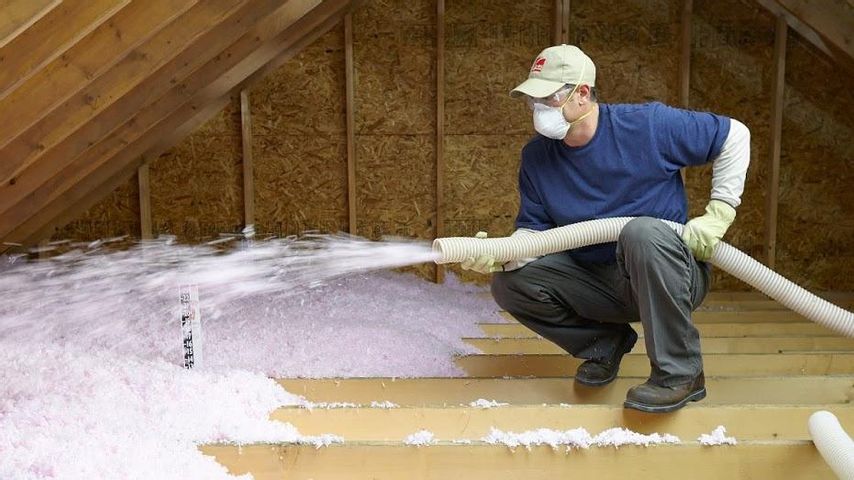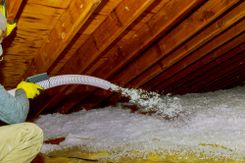3 Parts of Your Home That Need an Insulation Installation

Home insulation helps regulate your property’s temperatures and ensures every area is as efficient as possible. The simple way to think about insulation is that it is designed to keep heat where it’s supposed to be. However, if you aren’t sure where to have an insulation installation, there are a few key areas that need it to keep your home regulated all year long and prevent home energy loss. Here are the first places to consider.
Where to Install Home Insulation
1. Attics (48% of home energy loss)
 Attics are by far the most important area of your home to insulate to achieve energy efficiency. Adding attic insulation keeps cool air inside and hot air outside during the summer, and traps warm air from your heating, so it doesn’t escape in the winter. Make sure the R-value, or the measure of heat flow for the insulation, is at least R-49 (16.5”) to R-60 (20”). The depth is measured from the ceiling to the top of the insulation. The higher the measure, the better it will balance temperatures and lower utility bills.
Attics are by far the most important area of your home to insulate to achieve energy efficiency. Adding attic insulation keeps cool air inside and hot air outside during the summer, and traps warm air from your heating, so it doesn’t escape in the winter. Make sure the R-value, or the measure of heat flow for the insulation, is at least R-49 (16.5”) to R-60 (20”). The depth is measured from the ceiling to the top of the insulation. The higher the measure, the better it will balance temperatures and lower utility bills.
2. Walls (16% of home energy loss)
It’s very common for home owners to think their exterior walls are the problem, but when you compare them to attics, they are not that big of a contributor to energy loss. Many homes have interior walls that are exposed in the attic and experience extreme temperatures from the outside. Cape Cod style homes, bonus rooms, and even cathedral ceilings have walls that can be grossly under-insulated. Special types of products like radiant barriers are commonly used on these walls to once again, keep heat where it’s supposed to be. These types of walls can also be it easier for moisture to get inside, which leads to mold and mildew growth. If your home is missing protection, a blown insulation installation and radiant barrier can easily remedy the issue.
3. Floors, Basements/Crawl Spaces (10% of home energy loss)
Flooring, specifically over unheated areas like a garage, slab, or addition with a crawl space, should be affixed with insulation. Not only will this reduce heat loss and keep energy use in balance, but floor insulation or ceiling insulation in the basement also has the added benefit of muffling sound. The perimeter of the basement or crawl space should also be air sealed and insulated to prevent drafts.
The remaining areas to prevent home energy loss are from windows (14%) and drafts around fireplace and doors (12%). Cost effective repair can be installation of weather stripping whereas complete replacement might just be necessary and costly.
When you are ready for your insulation installation in the Greater Cincinnati and Dayton, OH, areas, contact All Season Insulation LLC. Since 2013, the home insulation company has helped residents boost their property’s energy efficiency. For more information on their services, visit them online, or call (513) 316-7622 to learn about their senior and military discounts.
About the Business
Have a question? Ask the experts!
Send your question

